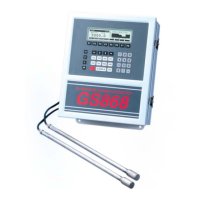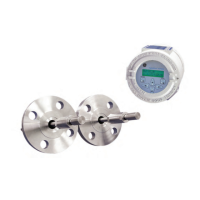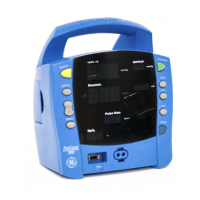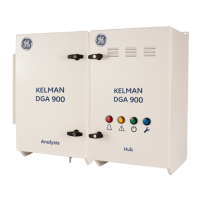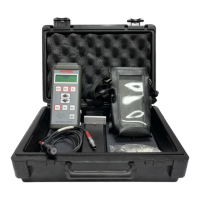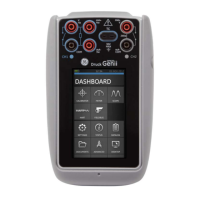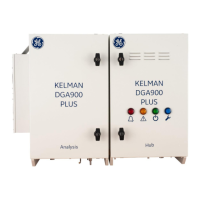DigitalFlow™ GF868 Programming Manual (1-Channel) 49
Chapter 3. Logging Data
Chapter 3. Logging Data
3.1 Introduction
This chapter explains how to use the Model GF868’s data logging capability. The LOG menu, which is accessed by
pressing the [LOG] key on the keypad, is divided into four submenus:
• STD - used to log up to three of the available measurement data parameters
• MEM - used to check the data logger memory to determine if the specified log will exceed the available memory
• STOP - used to terminate current data logging activity
• ERROR - used to log any generated error messages.
Up to twenty standard or error log files may be created and stored in battery-backed memory. Each log file contains up
to three measurement parameters, the log start time and date, the log end time and date, the time interval between
updates, and any error messages. Error logs record data only when an error message is generated.
The Model GF868 allocates up to 120 pages of memory, each of which can contain up to 120 records, for data logging.
Each page is assigned a header, to distinguish one page from another. The header contains the log title, start date and
time, end date and time, and the time increment. Each record contains the date and time of the measurement and the
values for the three logged parameters.
Note: Each log file uses at least one page of memory, and the same page can not be shared by two different logs.
Since a fixed amount of memory is allocated for data logging, the number of active logs, the log time increments, and
the length of the log runs will all affect how much memory is available for additional logging. For example, a log that
updates every 5 seconds will use more memory than a log that updates every 6 minutes, assuming that they both run for
the same length of time.
After a log file has been created, it may be displayed, printed, cleared or uploaded to a personal computer. Refer to the
appropriate chapters of this manual for specific instructions.
Refer to Figure 16 on page 92 and proceed to the appropriate section for the desired
LOG submenu. Each submenu may
be followed in the sequence shown or the [ and [ keys may be used to scroll through the prompts.
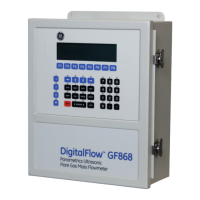
